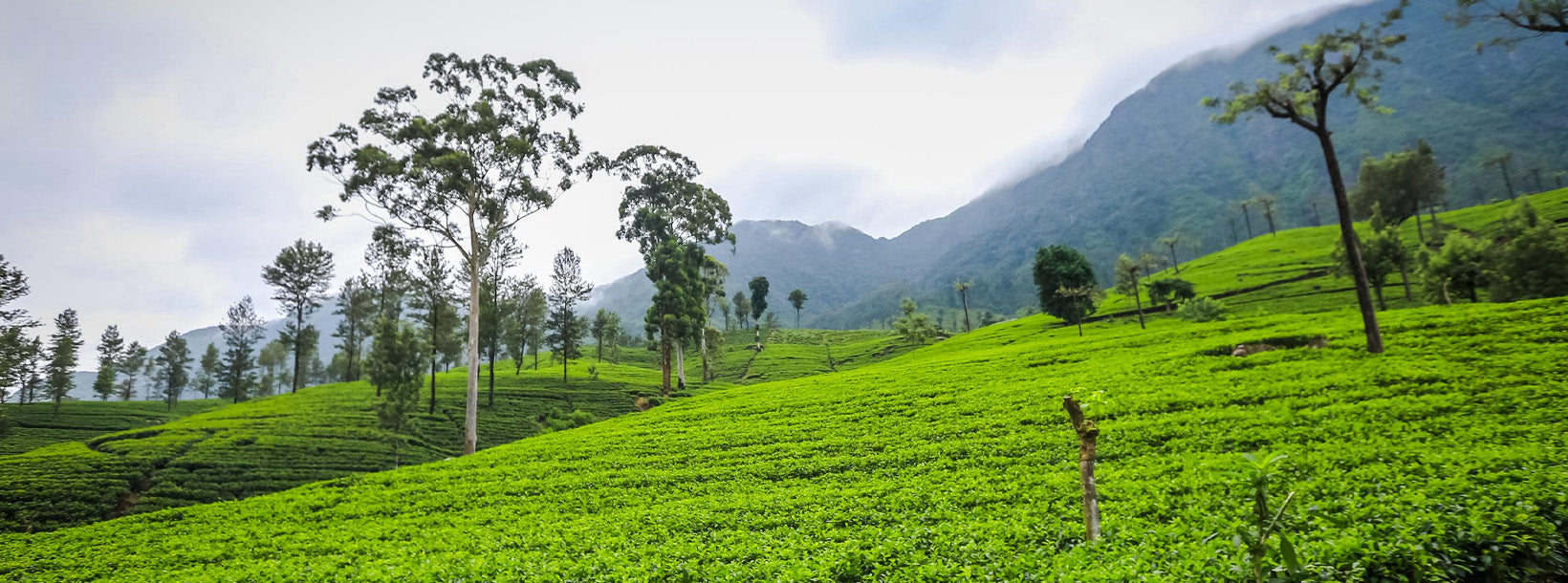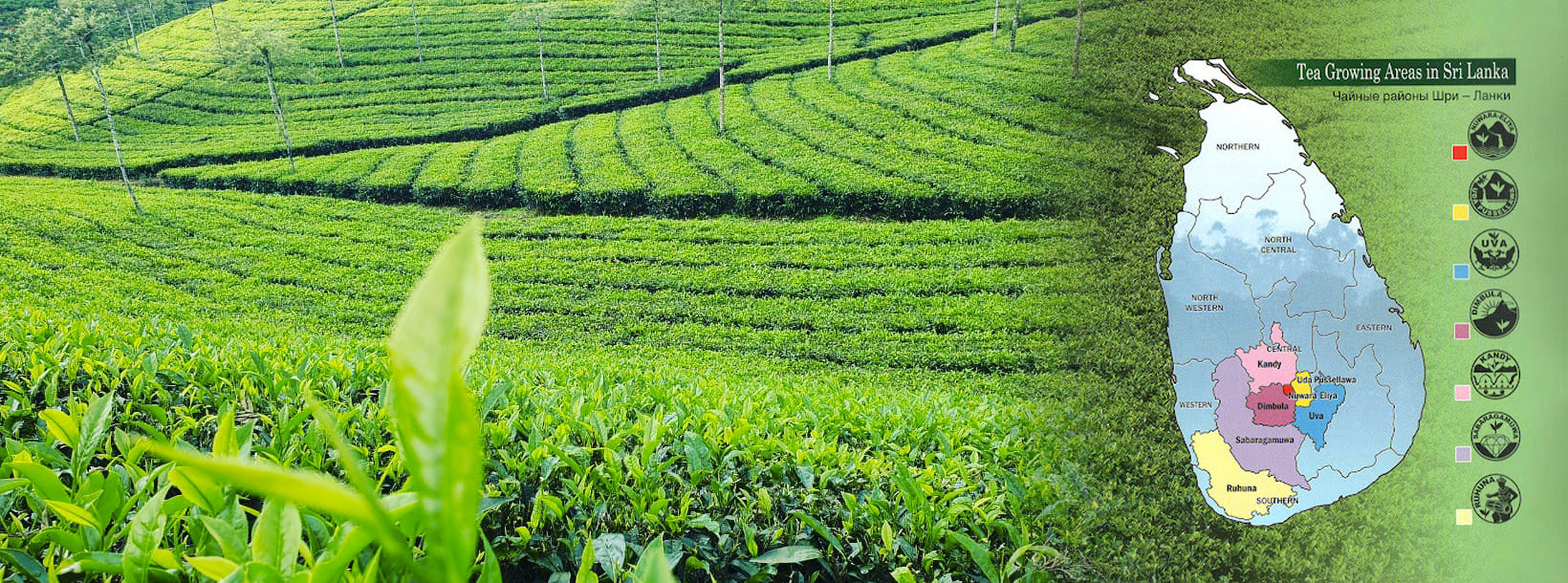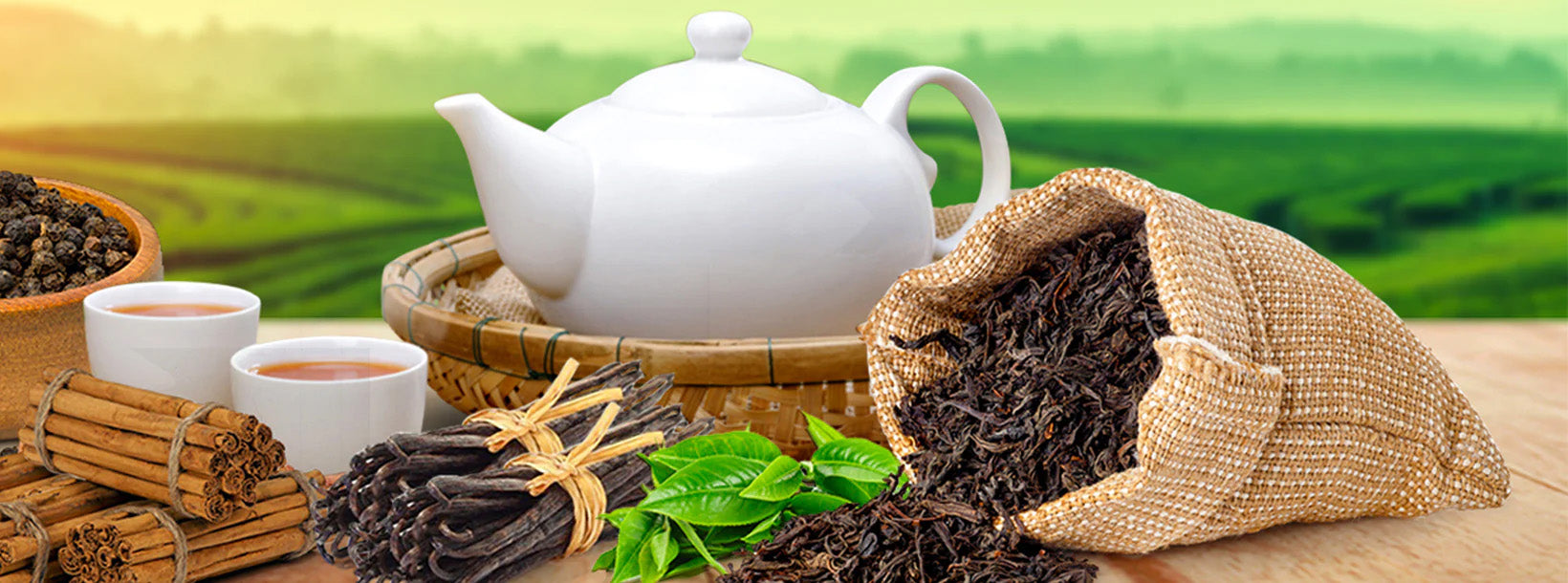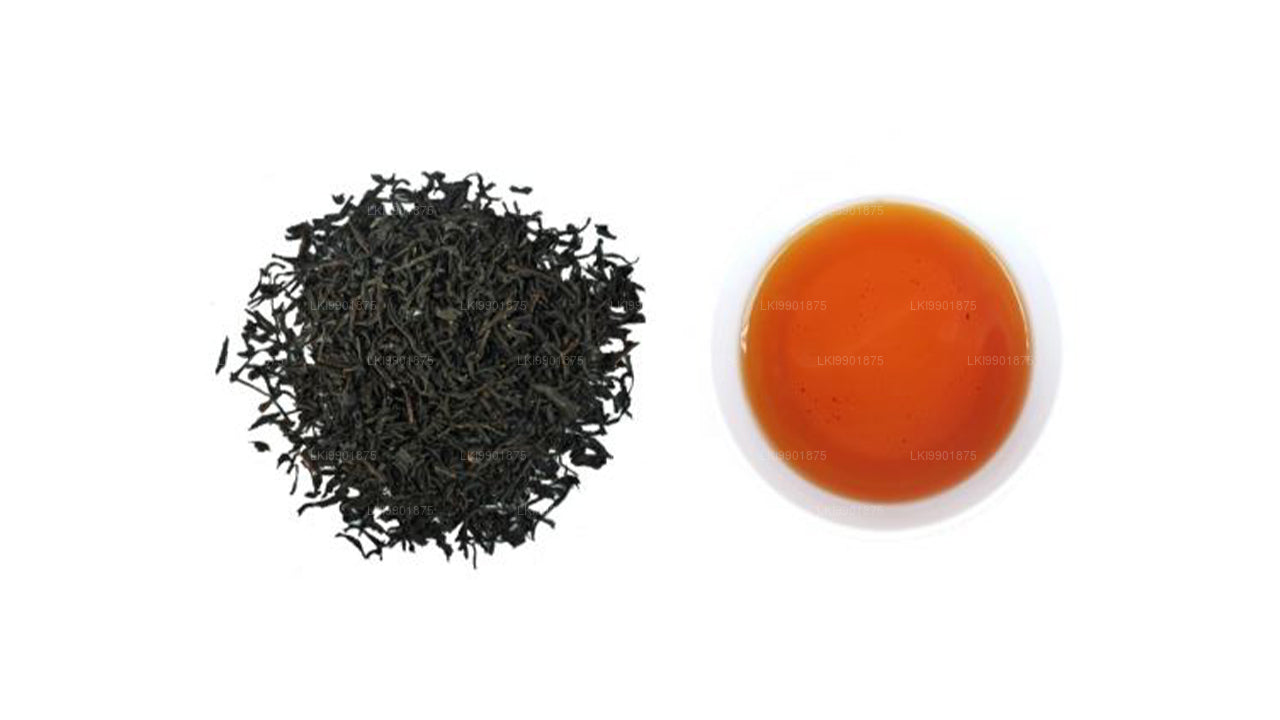
Plantacje herbaty
Herbaciane plantacje Sri Lanki, zlokalizowane głównie na centralnych wyżynach, słyną z produkcji jednych z najlepszych herbat na świecie. Te bujne plantacje, takie jak te w Kandy, Nuwara Eliya i Hatton, oferują malownicze krajobrazy i bogatą historię. Plantacje te w znacznym stopniu przyczyniają się do gospodarki kraju, eksportując wysokiej jakości herbatę cejlońską na cały świat.

Regiony herbaty cejlońskiej
Napar w Twojej filiżance ma swoją historię. Mówi o łagodnych wzgórzach, obfitym słońcu i bujnych prowincjach. Na Sri Lance większość herbaty produkowana jest w prowincjach centralnych i południowych. Zróżnicowane wysokości i mikroklimaty wpływają na charakterystyczny smak, kolor, aromat i sezonowość herbaty cejlońskiej.

Gatunki czarnej herbaty cejlońskiej
Herbata cejlońska, jaką znamy obecnie, występuje w różnych odmianach, charakteryzujących się unikalnymi smakami i aromatami. Oprócz różnorodności herbat, istnieją również odmiany, na które herbata cejlońska została podzielona.
Kandy Tea
In 1867, James Taylor marked the birth of the tea industry in Ceylon by starting a tea plantation in Loolecondera estate in Kandy in 1867.
He began the tea plantation on an estate of just 19 acres (76,890 m2) in Kandy. In 1872 he started a fully equipped tea factory in the same Loolecondera estate and that year the first sale of Loolecondra tea.
This area factories produce a broad mix of different ‘Tea grades’ and they have different leaf-particle sizes.
They produce from whole-leaf tea grades to semi-broken grades. For example OP Black Tea, OPA, BOP, BOPF tea, and Green Tea. In addition, CTC-style teas are also producing in the Kandy area.
The leaf particle size affects the strength of the brew.
Kandy teas tend to produce a relatively bright infusion with a coppery tone. Therefore, they give lighter in the cup and good strength. But the strength is not as much as the lower-grown teas Sabaragamuwa and Ruhuna area.
In general, in the first quarter of the year, you will get the best quality of tea.
Further, The first quarter receives cool, dry weather across the district to produce the best tea.
Kandy region is described as ‘mid-grown’, tea area. The altitude of cultivation ranging between 2000 and 4000 feet sea level.
Kandy area located in the middle of the three districts in the Central Province (North of Nuwara Eliya, and south of Matale)






